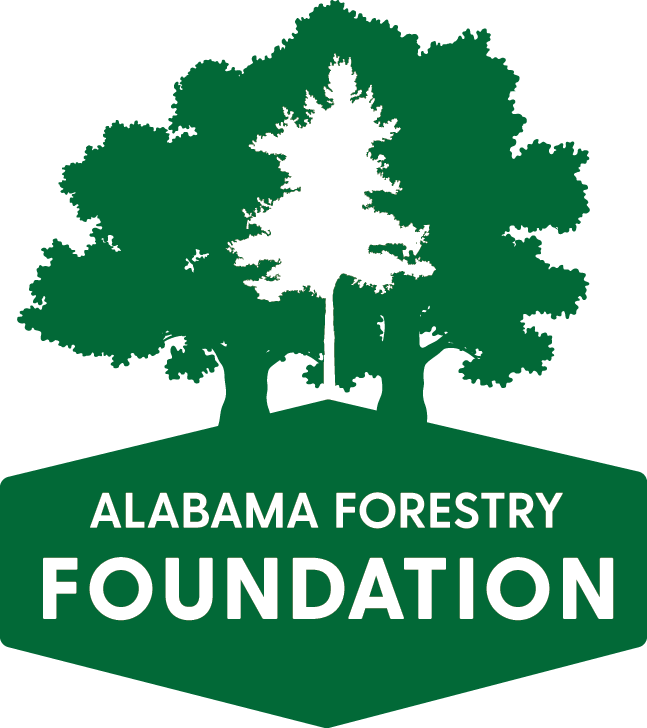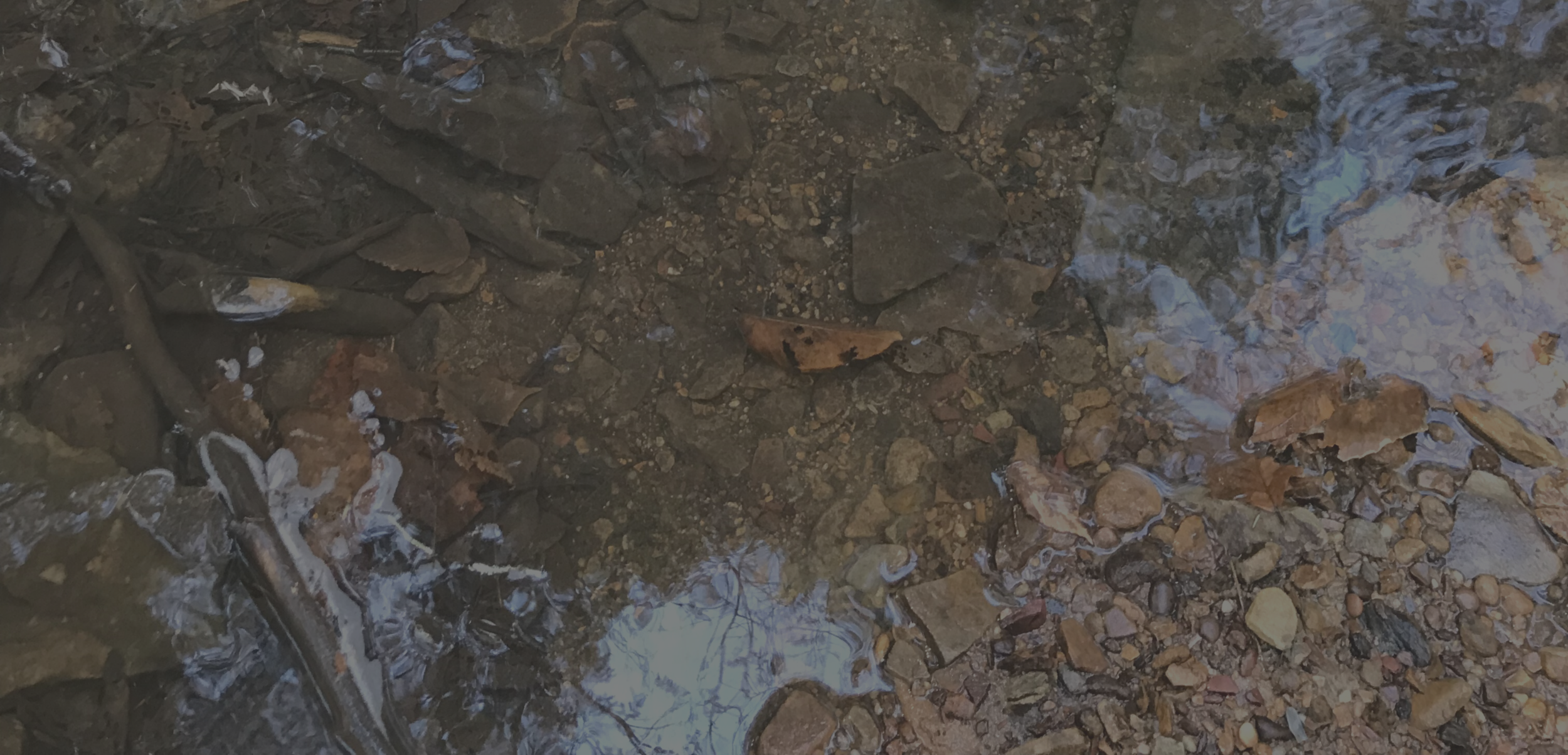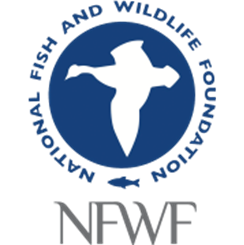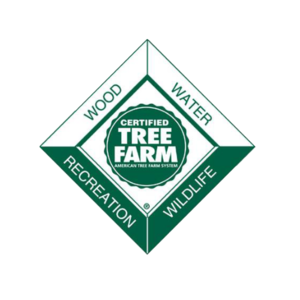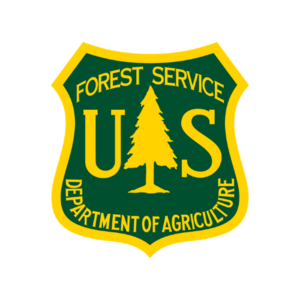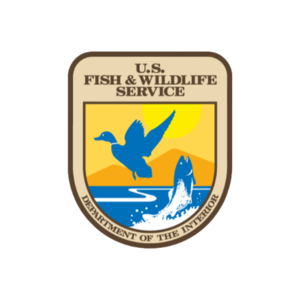The black pinesnake is one of three subspecies of non-venomous pine snakes associated with sandy, coastal plain soils from Mississippi and Louisiana in the west up to New Jersey and Delaware. Historically found in longleaf forests in 3 counties in Alabama and 14 in Mississippi…
…the black pinesnake is a reclusive species that spends most of its time in burned out root holes and other underground shelter. Though not dependent exclusively on longleaf pine, black pinesnakes do require habitat created in pine forests that are frequently burned. The open canopy allows sunlight to the forest floor and frequent fire ensures mid-story competition is controlled and herbaceous plants are free to grow. In turn, herbaceous plants support rodent populations that serve as a primary source of food.
The goal of this project was to increase the burning capacity in the project area and to work directly with family forest owners to increase the use of prescribed fire to improve longleaf and mixed longleaf forest and enhance black pinesnake habitat.
What We’re Doing:
The project was conducted jointly with the Mississippi Forestry Association in Clarke, Mobile and Washington counties in Alabama as well as Forrest, George, Greene, Hancock, Harrison, Jackson, Jones, Lamar, Marion, Pearl River, Perry, Stone, Walthall, and Wayne counties in Mississippi.
Our team of natural resource professionals engaged landowners on their property, determined their goals, developed management plans and recommendations to meet their objectives, provided technical assistance to implement any management practices, and identified available cost-share assistance programs to help fund the work.
In addition, project partners conducted technical education on prescribed burning, formed and managed community burning networks, and facilitated mentor relationships between experienced burners and neighboring landowners. Common management practices to restore and improve longleaf forests and improve black pinesnake habitat include harvesting existing stands, planting longleaf, thinning stands to improve forest health, using prescribed fire to control competition and improve wildlife habitat, and controlling invasive species.
Work through this project resulted in landowners planting 792 acres of longleaf forests and prescribed burning 14,207 acres. Although this project concluded in 2017, the Alabama Forestry Foundation and its partners continues to work with landowners to increase the use of prescribed fire by landowners in the project area. Additional information about current longleaf forest restoration and improvement efforts can be found under the Longleaf Project.
In South Alabma and interested in this project?
Partners:
For More Information on the black pine snake, please contact:
Tyler Sibley
Fisheries and Wildlife Biologist
tsibley@alaforestry.org
